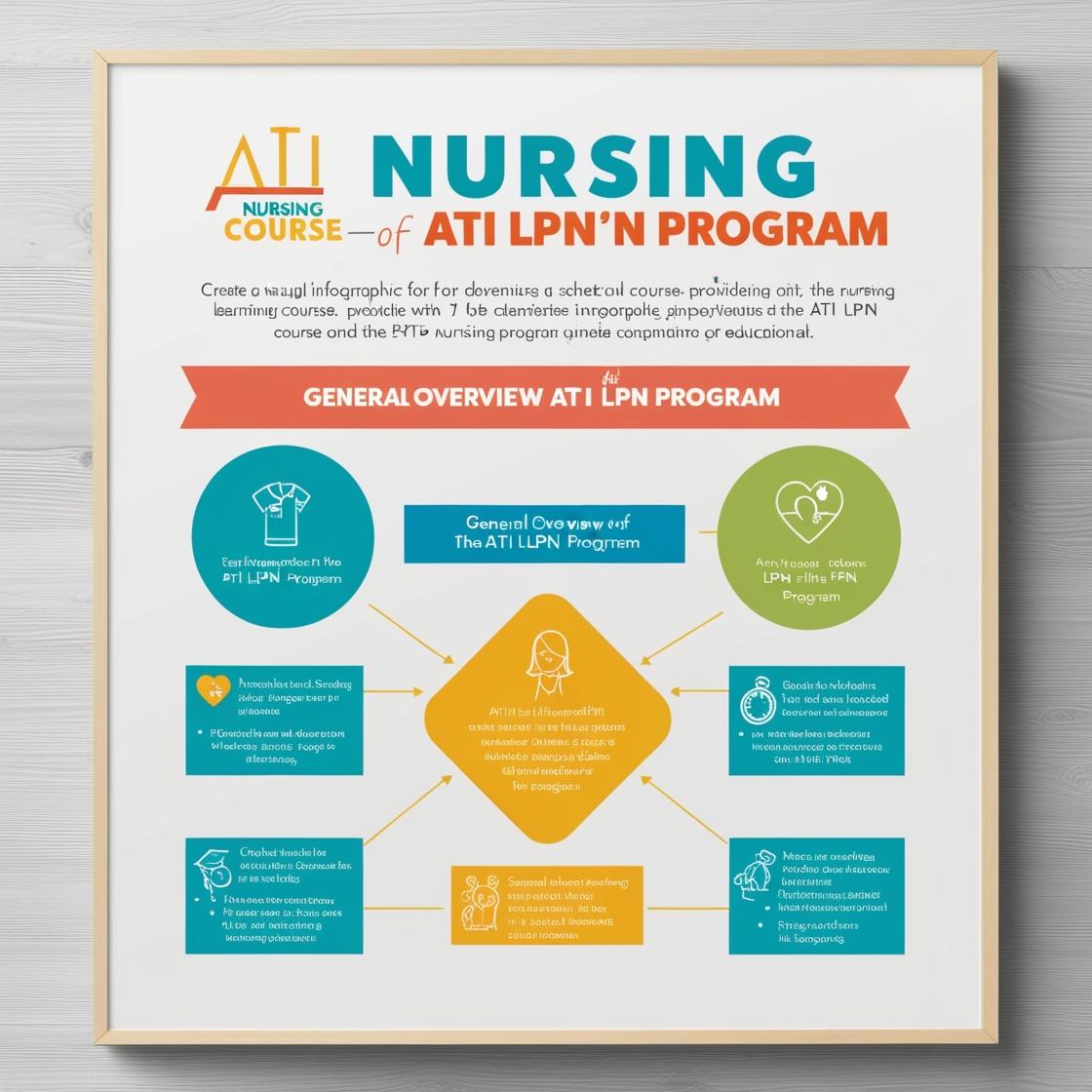LPN LPN
PN ATI Capstone Proctored Comprehensive Assessment Form A
1. A postpartum client with AB negative blood whose newborn is B positive requires what intervention?
- A. Administer Rh immune globulin within 72 hours of delivery
- B. Administer Rh immune globulin at the 6-week postpartum visit
- C. No Rh immune globulin is needed since this is the second pregnancy
- D. Both mother and baby need Rh immune globulin
Correct answer: A
Rationale: The correct intervention is to administer Rh immune globulin within 72 hours of delivery. This is essential to prevent the mother from forming antibodies against Rh-positive blood, which could cause complications in future pregnancies. Choice B is incorrect as the administration should be immediate postpartum. Choice C is incorrect as Rh immune globulin is needed for each Rh-incompatible pregnancy. Choice D is incorrect as only the mother, who is Rh-negative, needs Rh immune globulin.
2. A nurse is reviewing the ABG results of a client with chronic emphysema. Which result suggests the need for further treatment?
- A. PaO2 level of 89 mm Hg
- B. PaCO2 level of 55 mm Hg
- C. HCO3 level of 25 mEq/L
- D. pH level of 7.37
Correct answer: B
Rationale: The correct answer is B. A PaCO2 level of 55 mm Hg is elevated, indicating carbon dioxide retention, a common complication of emphysema that necessitates intervention. Elevated PaCO2 can lead to respiratory acidosis, reflecting inadequate ventilation. Choices A, C, and D are within normal ranges. A PaO2 level of 89 mm Hg is acceptable. An HCO3 level of 25 mEq/L falls within the normal range, suggesting adequate compensation. A pH level of 7.37 is also within the normal range, indicating the client's acid-base balance is maintained.
3. A nurse is caring for a client who sprained his ankle 12 hours ago. Which of the following provider prescriptions should the nurse question?
- A. Elevate the affected extremity on two pillows
- B. Apply heat to the affected extremity for 45 minutes
- C. Wrap the extremity with a compression dressing
- D. Assess sensation, movement, and pulse every 4 hours
Correct answer: B
Rationale: The nurse should question the prescription to apply heat to the affected extremity for 45 minutes. Heat should not be applied in the first 48 hours after an acute injury, as it can increase swelling. Cold therapy is more appropriate initially. Choices A, C, and D are appropriate actions in the care of a client with a sprained ankle. Elevating the affected extremity helps reduce swelling, wrapping it with a compression dressing provides support, and assessing sensation, movement, and pulse every 4 hours is important to monitor for complications.
4. A healthcare provider is assessing a client who has severe dehydration. Which finding indicates effective treatment?
- A. Sunken anterior fontanel
- B. Tenting skin turgor
- C. Flat anterior fontanel
- D. Hyperpnea
Correct answer: C
Rationale: A flat anterior fontanel indicates effective treatment for dehydration in infants. Dehydration often causes sunken fontanels, so when the anterior fontanel becomes flat, it suggests that rehydration has occurred. Sunken anterior fontanel (Choice A) is a sign of dehydration, not effective treatment. Tenting skin turgor (Choice B) is also a sign of dehydration, indicating poor skin turgor. Hyperpnea (Choice D) is increased depth and rate of breathing and is not directly related to the hydration status of the client.
5. A nurse is preparing to administer a measles, mumps, rubella (MMR) immunization to a child. Which is a contraindication for this vaccine?
- A. Recent blood transfusion
- B. Allergy to penicillin
- C. Minor acute illness
- D. Low-grade fever
Correct answer: A
Rationale: The correct answer is A: Recent blood transfusion. A recent blood transfusion can interfere with the effectiveness of the MMR vaccine, making it a contraindication. Choice B, allergy to penicillin, is not a contraindication for the MMR vaccine. Choice C, minor acute illness, is not a contraindication unless the child has a moderate to severe illness. Choice D, low-grade fever, is not a contraindication as long as the child does not have a moderate to severe febrile illness.
Similar Questions

Access More Features
ATI LPN Basic
$69.99/ 30 days
- 50,000 Questions with answers
- All ATI courses Coverage
- 30 days access @ $69.99
ATI LPN Premium
$149.99/ 90 days
- 50,000 Questions with answers
- All ATI courses Coverage
- 30 days access @ $149.99
